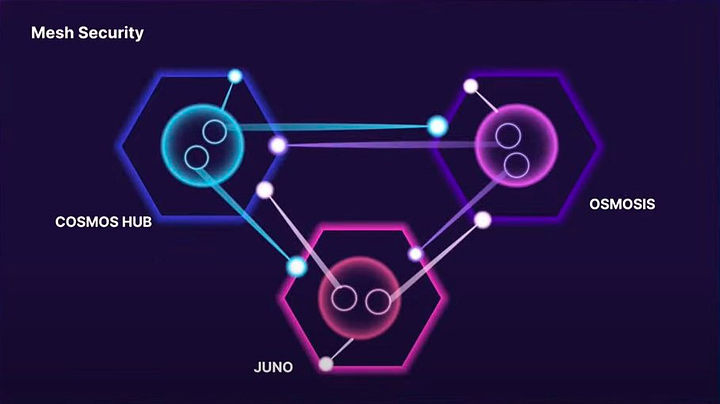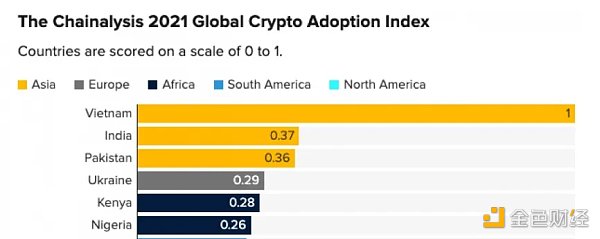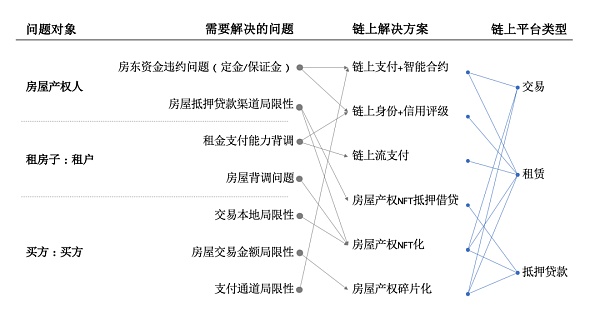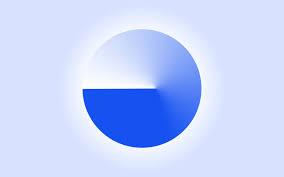Innovation of Application Chains Can Mesh Security revitalize the Osmosis ecosystem?
Can application chain innovation revitalize the Osmosis ecosystem by enhancing security?With the development of blockchain technologies such as IBC, application chains have attracted increasing attention as a solution with technological sovereignty. Application chains allow application developers to control and customize various aspects of the blockchain to meet specific needs and achieve optimal integration. This issue of Bing Ventures article will focus on an impressive application chain project – Osmosis, exploring why it is worth paying attention to and its independent innovation in the field of DeFi.
In our previous articles, we have discussed how application chains can empower developers with technological sovereignty, enabling them to unleash their creativity. By experimenting with different consensus models, customizing node requirements, state models, and other innovative features, developers can explore and experiment with the most suitable technical solutions for their applications. The sovereignty of being an independent blockchain allows applications to prioritize the value of their public chains and make decisions based on the most meaningful trade-offs. This sovereignty enables application chains to empower their communities to control their own destiny.
However, we have also argued that application chains are not the perfect solution for all projects, but rather a subjective trade-off. Some critics have mentioned that the application chain approach has issues with synchronous composability and fragmented liquidity. However, just as liquidity on a general L1 will aggregate in a few popular applications, the same will happen in the application chain ecosystem, where various DeFi functionalities will concentrate in the core products of a few highly liquid application chains, making fragmented liquidity no longer a problem. This is being confirmed in the development of Osmosis.
The Advantages of Concentrated Liquidity
DeFi projects face many issues in terms of user experience, such as complex operational procedures, high transaction fees, network congestion, and low liquidity. As a DEX and emerging liquidity center in the Cosmos ecosystem, Osmosis is attempting to address these issues by leveraging the advantages of application chains. Osmosis allows users to create liquidity pools with unique and variable parameters, experiment with different types of bonding curves, multi-weighted asset pools, and more. In addition, Osmosis introduces innovative features such as superfluid staking, which incentivizes users to participate in the security of the chain by using LP tokens that include $OSMO, and gives back more value to the community.
- Understanding Farcaster, the decentralized social network strongly promoted by Vitalik’ OR ‘Understanding Farcaster, the decentralized social network strongly advocated by Vitalik
- Traditional institutions are eager to try, and RWA is finally taking off.
- Ghost in the Blockchain International Top Hacker Organization Steals Digital Assets Worth at Least $1 Billion
We have previously stated in multiple articles that liquidity will determine security in Cosmos. Osmosis is a project that launched during the early stages of IBC, when liquidity in the entire ecosystem was very limited. To address this issue, Osmosis introduced fund pools based on the Balancer style and attracted a large amount of liquidity to enter Cosmos through incentives. However, due to the funds being scattered across various pools, much of the liquidity remained underutilized.
The concept of concentrated liquidity emerged, allowing liquidity providers to choose to provide liquidity within a specific price range. This means that concentrated liquidity will make users more strategic when providing liquidity. At the same time, Osmosis is also able to process the same trading volume with less liquidity, thereby improving efficiency by approximately 100 times.
Osmosis is introducing the Supercharged Pools incentive model to further optimize the use and liquidity of the funds pool. This model allows users to claim rewards on their own without having to wait for specific time periods. Additionally, there is no need to bond LP tokens when entering the Supercharged pool. However, there are still binding requirements for users who wish to participate in Superfluid Staking.
The Emergence of Mesh Security
Another major innovation of Osmosis, which complements centralized liquidity, is Mesh Security. Mesh Security is an innovative cross-chain security model designed to enhance the security of the Cosmos ecosystem. The core idea of this model is to increase security by combining cross-chain staked assets, addressing security vulnerabilities and the problem of validator collateral being taken over in traditional cross-chain models.
In traditional cross-chain security models, security flows in one direction. Validators fully validate another chain, which improves efficiency but leads to a lack of sovereignty in the ecosystem. Another model is where a subset of validators can choose to validate on one chain, which improves scalability but does not fully leverage governance, and the ecosystem still lacks sovereignty. In contrast, in Osmosis’ Mesh Security model, security can flow in both directions. The ecosystem can have its own set of validators, possessing sovereignty, while providing security between the two chains.
The Mesh Security model allows tokens already staked on one chain to be staked again to validators on other partner chains, allowing the Cosmos chain to aggregate validators’ stakes to defend against security attacks, thereby increasing the security of individual Cosmos chains. In summary, Mesh Security provides protection for ATOM stakers and strengthens the security of Cosmos through OSMO staking.
We expect the Mesh Security model to bring long-term benefits to the Osmosis ecosystem. One of the important roles of the Mesh Security model is to prevent malicious behavior by validators and the resulting slashing of tokens, thus protecting the security of transactions. Additionally, the introduction of this security model helps defend against MEV-related attacks and ensures fairness in the transaction process. Mesh Security, combined with centralized liquidity that can improve transaction efficiency, will provide a more reliable and secure trading environment for users and ecosystem participants, promoting the sustainable development of Cosmos.

Source: Osmosis
The Innovation Journey of Osmosis and DeFi Application Chains
Osmosis is striving to achieve a first-class user experience of centralized exchanges, including incorporating leverage trading and lending into its core products and collaborating with Mars Protocol to integrate lending directly into the Osmosis trading engine. Additionally, Osmosis has explored various innovative approaches to address MEV on its DEX, such as threshold encryption, fee differentiation, Flashbots-like functionality, and arbitrageurs running within the protocol at the beginning of each block.
As a pioneer in DeFi application chains, Osmosis fully leverages the powerful developer tools and asynchronous composability infrastructure of the Cosmos ecosystem, with the potential to have a profound impact on the entire DeFi ecosystem.
In terms of the Mesh Security model, although there are many benefits, this model also brings some challenges and risks, including the existence of centralization and the complexity of cross-chain collaboration and governance. Therefore, future development needs to carefully consider how to solve these problems to ensure the maintenance of decentralization and the balance of interests.
In dealing with MEV, Osmosis has demonstrated its innovation and advantages, especially in threshold encryption. This provides a potential solution to resist MEV attacks and gives Osmosis a competitive advantage compared to Ethereum in the Cosmos ecosystem.
The development of Liquid Staking will also flourish on Osmosis. Cosmos offers a higher staking interest rate and a moderate unlocking period, which provides users with more flexible liquidity management. Further innovations will make Osmosis a platform that provides current lending income and leverage mining opportunities, improving asset efficiency and staking rate.
Finally, we are also optimistic about the innovation of stablecoins, which may be the most important direction for Osmosis’ future development. By introducing stablecoins with more diversified innovations, Osmosis will consolidate its position as the DeFi liquidity center on Cosmos and promote further development of the liquidity market. This will provide users with more trading and investment opportunities to meet the needs of different users.
We will continue to update Blocking; if you have any questions or suggestions, please contact us!
Was this article helpful?
93 out of 132 found this helpful
Related articles
- Why build Onchain Realities?
- The Cryptographic Mars in LianGuairadigm’s Eyes Speculation, Pioneering, and Gambling Tables on the Blockchain
- Reflections on Shanghai Blockchain Week Mainland Web3 Walks in the Sunshine, While Darkness Crawls
- Evening Must-Read | The Future of Blockchain in China
- Chen Bin, General Manager of Wanxiang Blockchain Trusted Digitalization of Assets is the Passport for the Integration of the Real Economy into the Digital Economy.
- Commitments will be recorded on the chain Awakening Long-termism
- The future of blockchain is in China






